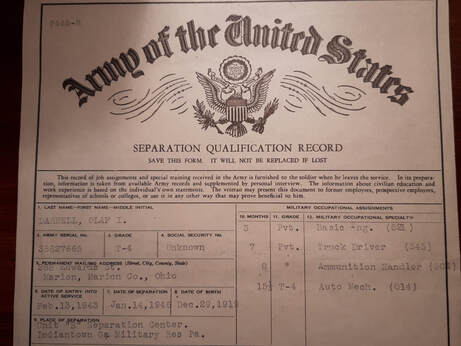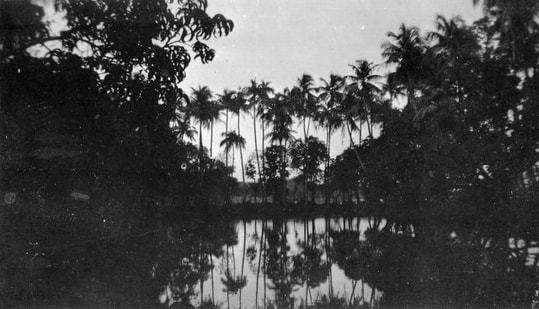|
I originally wrote academic and professional articles—obviously nonfiction, but had to study the craft of writing fiction for my debut novel, Yours in a Hurry. I’m returning to nonfiction, but with a different purpose: informational biography based on my father’s World War 2 (WW2) letters to his then fiance, later my mother. I want to tell his story in the context of the history and culture of the time including the many locations he visited from the deep American south to the jungles of Burma and the cities and Himalayan region of India.  How does a writer go about planning a project like this? First find a resource to guide you. I found that Elizabeth Lyon’s well organized A Writer’s Guide to Nonfiction covers every topic necessary. I’m planning the following steps, possibly not in this order, and sometimes backtracking along the way.
Doing the Work
Wiktionary now defines the ‘yellow brick road’ of Wizard of Oz fame as a proverbial path to a Promised Land of one's hopes and dreams. The prospect of starting on a ‘yellow brick road’ toward this finished product is both exhilarating and overwhelming. I’m not a full-time writer. But the love of history and sharing these stories to introduce readers to a less familiar era is worth the effort. Ann Otto writes fiction based on factual as well as oral history. Her debut novel, Yours in a Hurry, about Ohioans relocating to California in the 1910’s, is available online at Amazon, Barnes & Noble, and Kindle. Her academic background is in history, English, and behavioral science, and she has published in academic and professional journals. She enjoys speaking with groups about all things history, writing, and the events, locations, and characters from Yours in a Hurry and her current projects, which include a novel about Ohio’s Appalachia in the 1920’s and a compilation of her father’s World War 2 letters. She blogs about history and writing and can be reached through the website, https://www.ann-otto.com/ , or at Facebook@Annottoauthor and www.Goodreads.com.
0 Comments
|
Archives
August 2020
Categories
All
|


 RSS Feed
RSS Feed